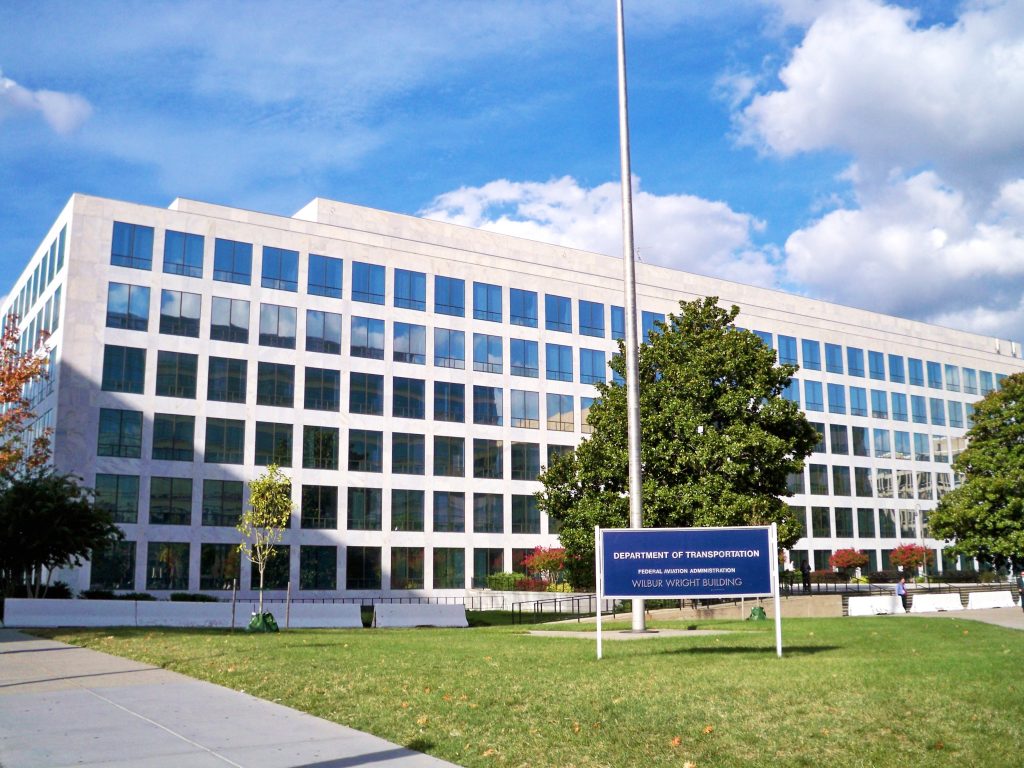
The US Federal Aviation Administration and planemaker Boeing have both issued warnings over Boeing 777 aircraft powered by PW4000-112 engines following United Airlines flight 328, which suffered an engine failure shortly after take-off on Saturday.
UA328 rained debris over homes and yards in Broomfield, Colorado, after its right engine blew out, as passengers and witnesses looked on.
In a strikingly similar incident, also on Saturday, a Longtail Aviation Boeing 747-400, also powered by engines from the Pratt & Whitney PW4000 family, began to shed engine turbine parts from a blown engine, shortly after take-off in the Netherlands.
In another strikingly similar incident, a United Airlines 777 on approach to Honolulu experienced a blown right engine that saw engine shrapnel thrown to the ground, and into the fuselage of the aircraft itself.
Luckily, all three aircraft were able to land safely, powered by their remaining engines.
In response to the most recent United incident, Boeing recommended any operators of the aircraft to immediately suspend operations until investigations into the incident have been conducted.
Simultaneously, the FAA released an Emergency Airworthiness Directive that requires the immediate inspection of all Boeing 777s fitted with Pratt & Whitney PW4000 family engines.
A Boeing spokesperson said, “Boeing is actively monitoring recent events related to United Airlines Flight 328. While the NTSB investigation is ongoing, we recommended suspending operations of the 69 in-service and 59 in-storage 777s powered by Pratt & Whitney 4000-112 engines until the FAA identifies the appropriate inspection protocol.”
Boeing also noted it was working with the FAA to “take actions” while these planes are grounded and engines inspected.
Meanwhile, FAA administrator Steve Dickson said the grounding of these 777s for inspection will “likely mean that some airplanes will be removed from service”.
“We reviewed all available safety data following [Saturday’s] incident. Based on the initial information, we concluded that the inspection interval should be stepped up for the hollow fan blades that are unique to this model of engine, used solely on Boeing 777 airplanes,” Dickson said.
Pratt and Whitney, the engine manufacturer, said it was “actively co-ordinating” with operators and regulators to “support the revised inspection interval of the Pratt & Whitney PW4000 engines that power Boeing 777 aircraft”.
Japan’s aviation authority has requested all airlines to avoid entering its airspace with Boeing 777s powered by PW4000 engines, while United has grounded all 24 of its 777s while the situation is investigated.
Boeing, the FAA and Pratt & Whitney have all failed to make comment regarding the Longtail Aviation incident, despite that incident bearing striking similarities to that of United flight 328, and it is unclear if any warnings will be extended to other aircraft powered by PW4000 engines.
The Pratt & Whitney PW4000 is a family of high-bypass turbofan aircraft engines, and was the successor to the JT9D.
It was first run in April 1984, and received its FAA certification in July 1986.
Investigations into both incidents are being conducted by local civil aviation authorities.
Aviation experts have noted that the engine blowouts that we have seen over the weekend are most likely to occur just after take-off, due to the strain placed on the engines at that time.










